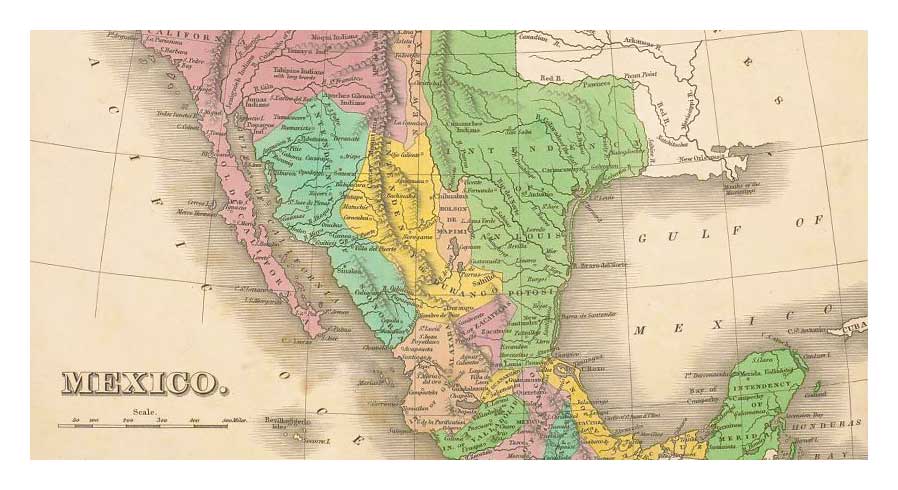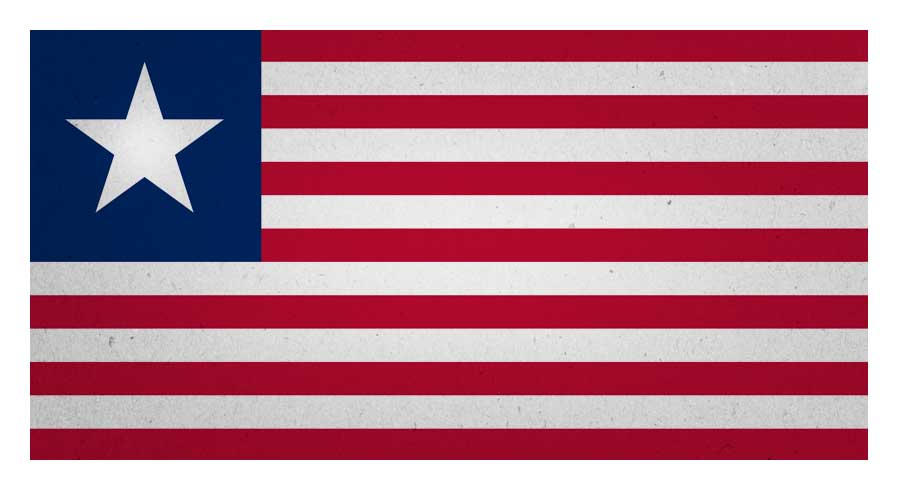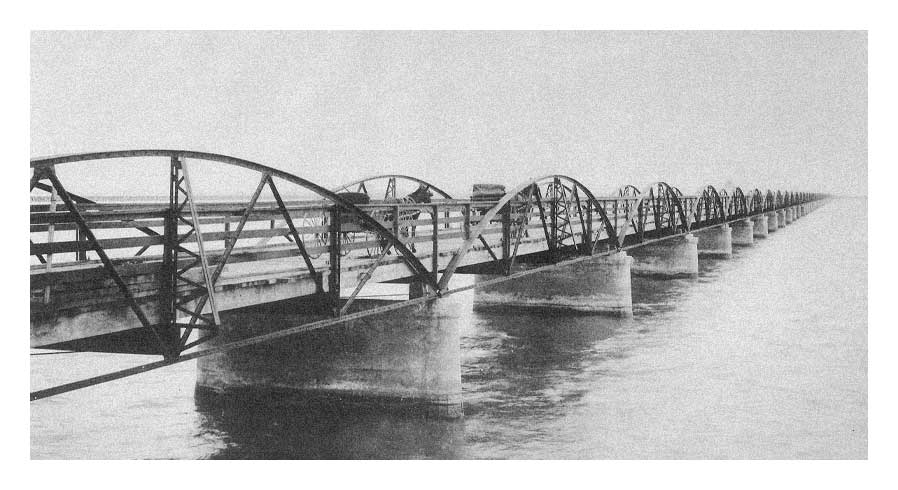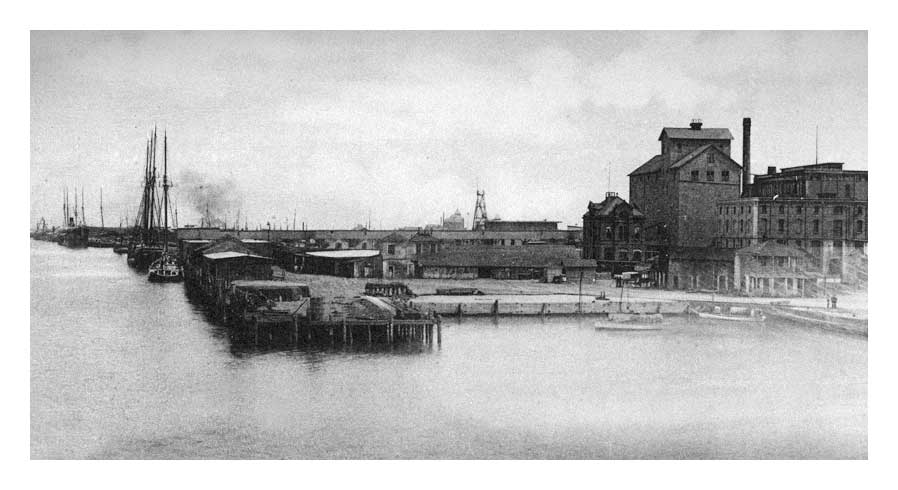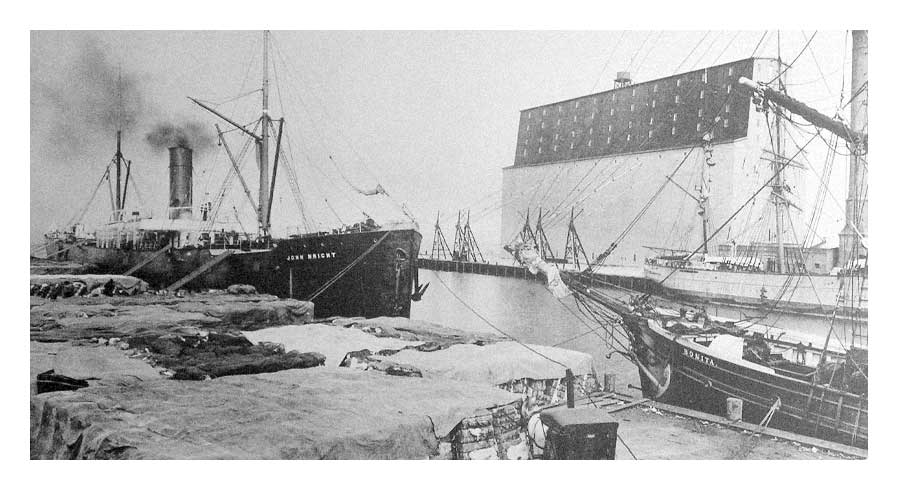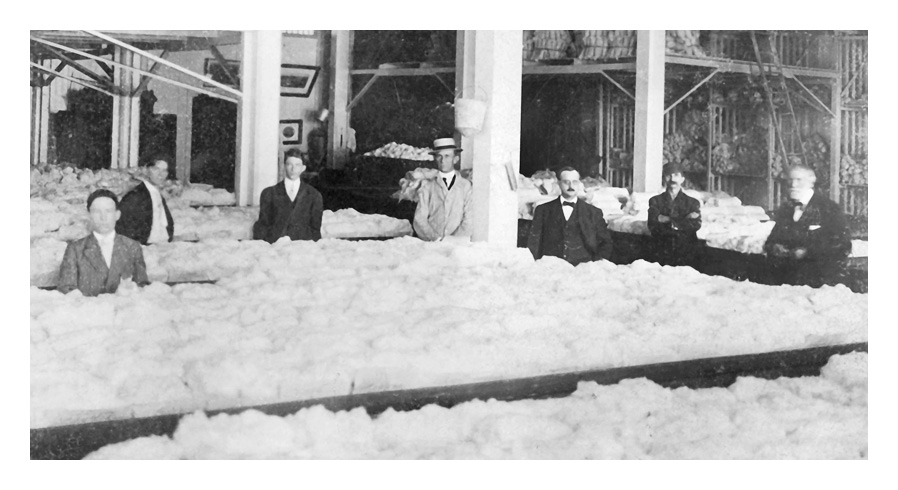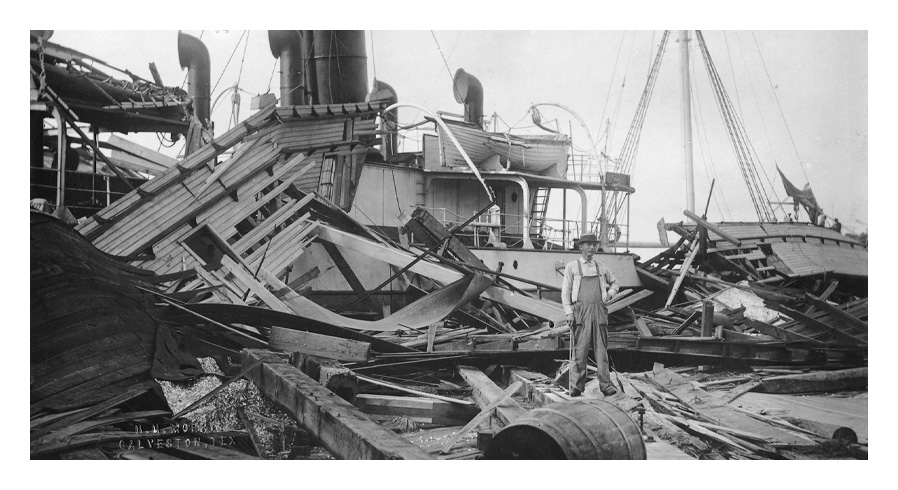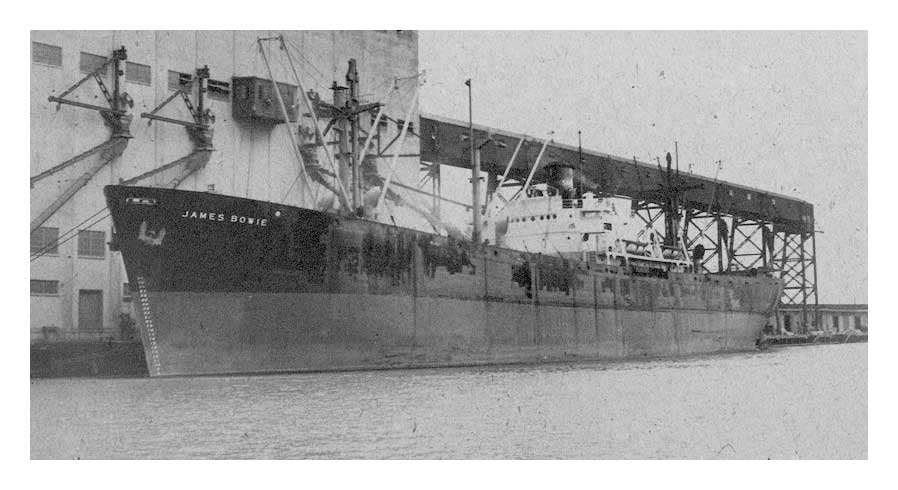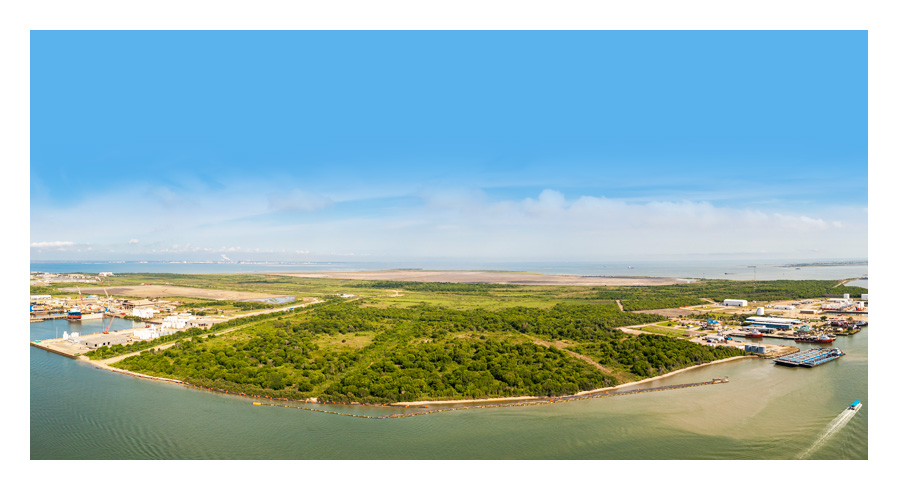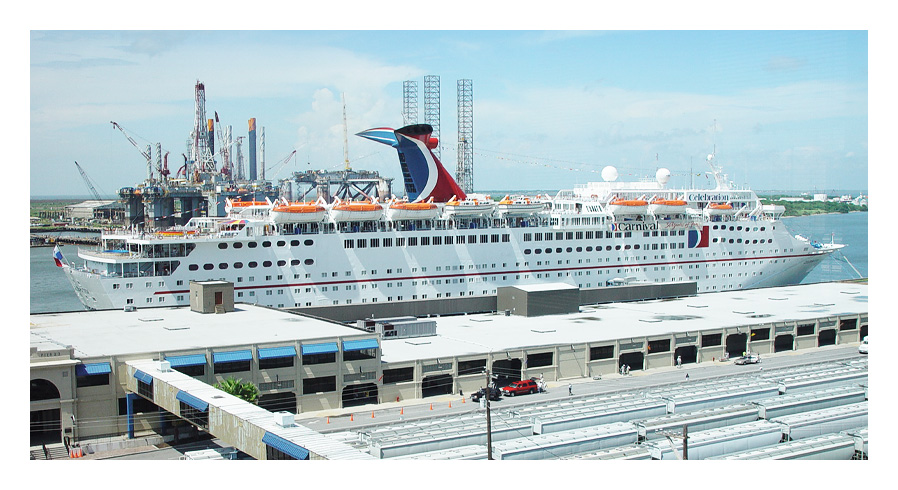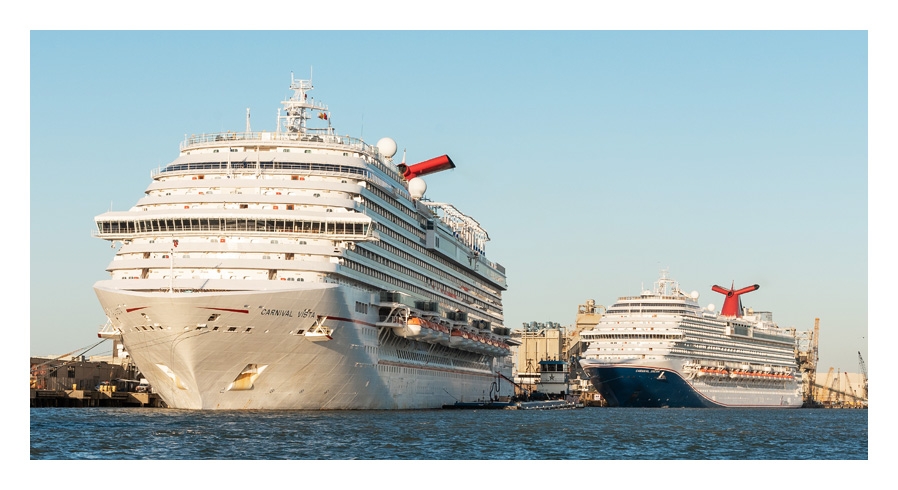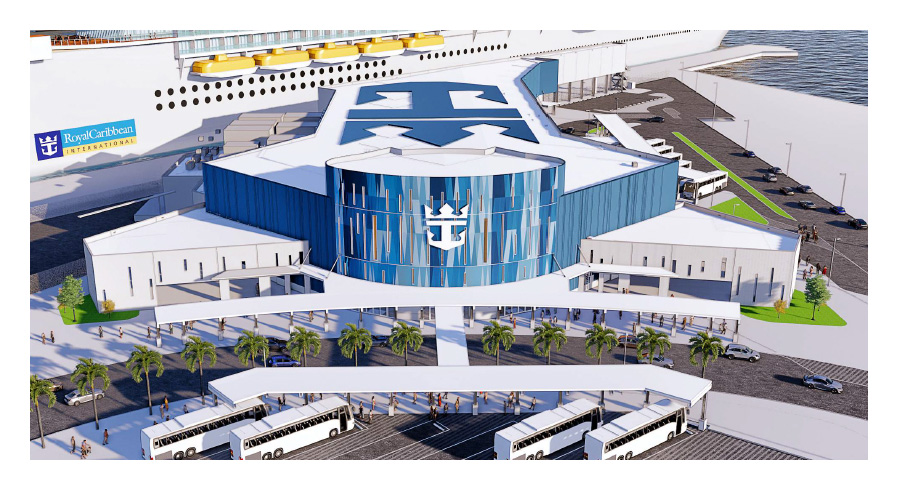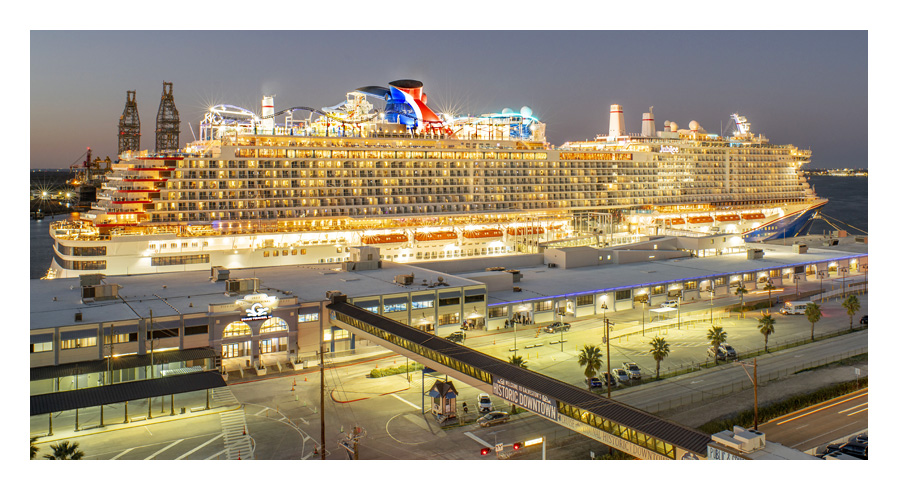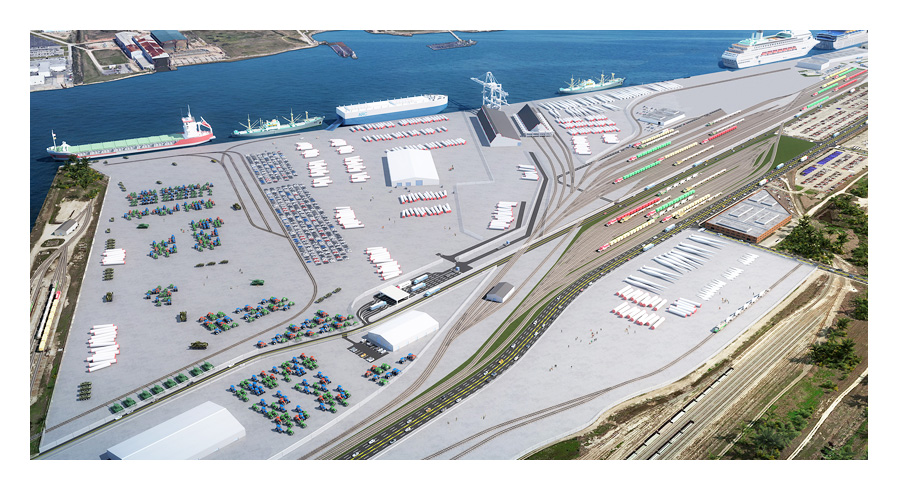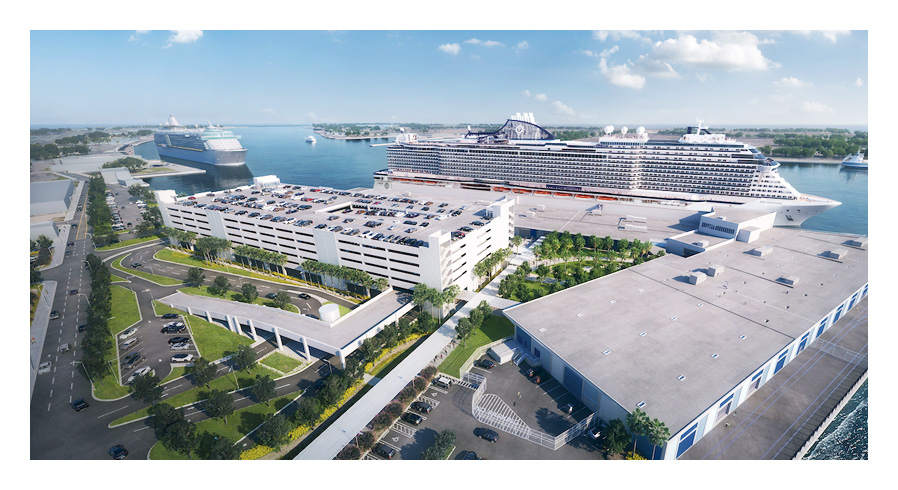One of the most famous early Galveston Island residents was buccaneer Jean Lafitte. He built a fort on the undeveloped island and operated his fleet of ships from 1817 until 1821. After one of his captains mistakenly raided an American ship, the U.S. government sent a cutter to make sure Lafitte left the island permanently.
Stephen F. Austin, early Texas settler and a founding father of the Republic of Texas, visited the island shortly after arriving in the Mexican-governed region in 1821. He described it as having “the best natural port that I have seen.” Read More
The port’s official founding was Oct. 17, 1825, the date that the Mexican government, at Austin’s urging, designated it as a provisional port and customs entry point.
The port played a vital commercial and military role in the Texas Republic’s battle for independence from Mexico. Its harbor was home to the Texas Navy, a squadron of four sailing vessels, which contributed to Sam Houston’s success over General Antonio Lopez de Santa Ana at the Battle of San Jacinto in 1836.
As the natural harbor grew in prominence, the city of Galveston, founded in 1839, grew around the port.
In 1837, New Yorker Charles Morgan opened the first steamship service with weekly trips to and from New Orleans. In 1854, several waterfront operations came together to found the privately held Galveston Wharf and Compress Company, which would later become the Port of Galveston.
Michel B. Menard, a Canadian-born trader and merchant who co-founded Galveston, was the company’s first chief executive officer. After his passing in 1856, banker and merchant John Sealy Jr. held the role until 1884.
During the Civil War, both sides vied for control of the major seaport in the largest city in Texas. Federal troops maintained a blockade during much of the war. In 1863, Confederate forces expelled occupying Union troops from Galveston after a naval and land battle known as the Battle of Galveston.
By the 1870s, the Port of Galveston was a major U.S. commercial center with far-reaching maritime and rail connections. This fact helped Galveston win $6.2 million in federal funding in 1890 to become a deepwater port. By 1899, the port was the world’s foremost cotton port.
In 1940, the citizens of Galveston voted to buy the privately held port properties to become a self-sustaining city entity, which it remains today. The port has grown to become the fourth busiest cruise port in the U.S. and is a major Texas cargo port.
Today, the 840-acre port is a thriving commercial center with infrastructure and assets to serve growing cruise, cargo and commercial businesses.
As a growing cruise home port, Galveston hosts five major cruise lines and more than 1.5 million cruise passengers annually at three cruise terminals. In 2025 it will open its fourth.
The port also leases and maintains a wide range of cargo facilities on the deep-water Galveston Harbor, which is ranked among the top 40 busiest U.S. cargo waterways.
Cargo operations, served by rail and truck, are a diversified mix that includes roll-on/roll-off, wind turbine, dry bulk, livestock, general and project cargos.
The port is expanding its West Port Cargo Complex with a $90 million project that will add about 30 acres and improve cargo infrastructure.
The Galveston Wharves is a self-sustaining city entity whose mission is to generate and reinvest port revenues to benefit the Galveston community with economic growth, jobs and sales tax revenues.







